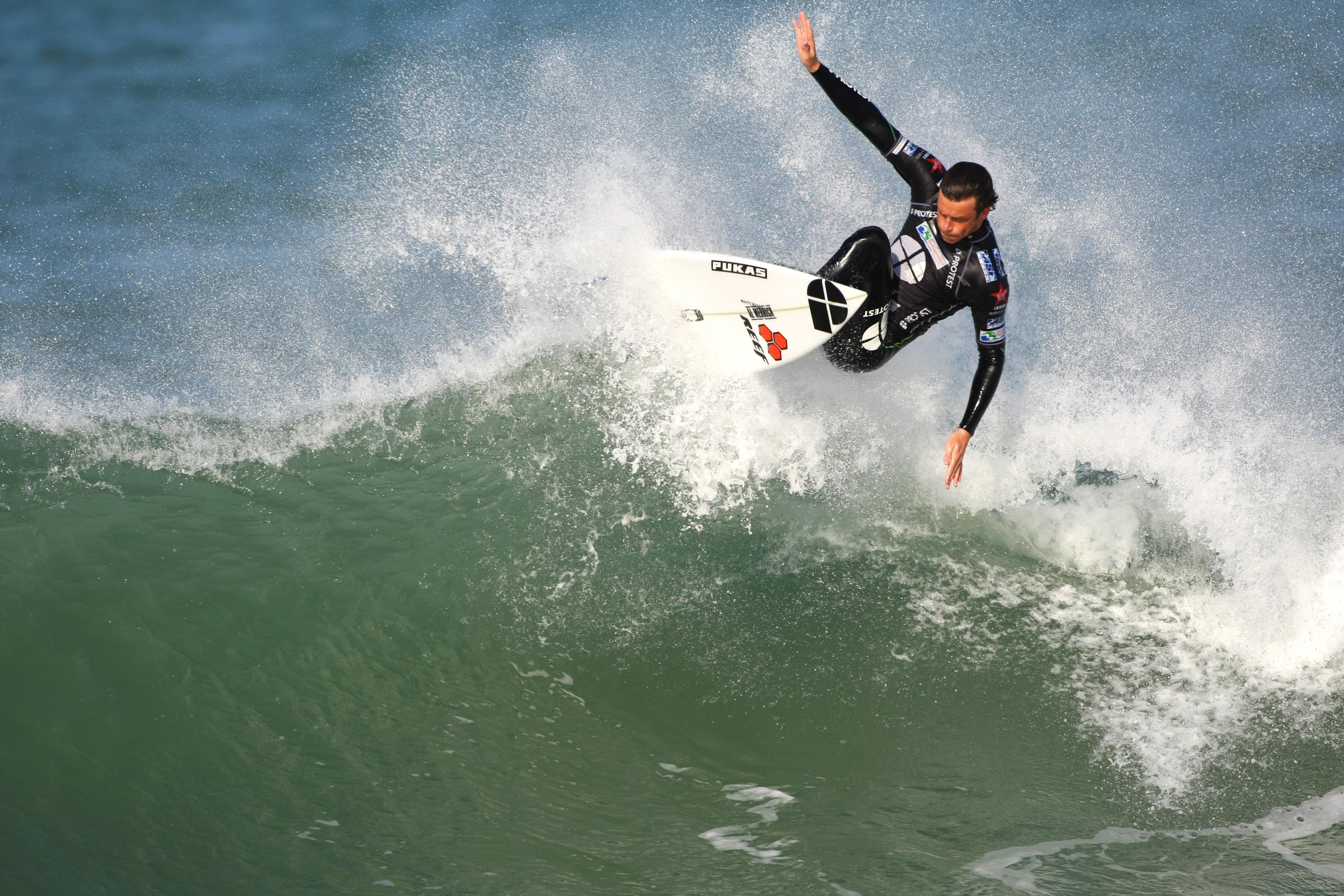In the exhilarating world of sports and physical activity, the thrill of pushing your limits and achieving new milestones is unparalleled. Yet, along with these rewards comes the risk of injuries that can sideline even the most dedicated athletes. Whether you’re a weekend warrior, a seasoned professional, or just embarking on your fitness journey, understanding how to prevent common sports injuries is crucial for maintaining an active and healthy lifestyle. This guide aims to equip you with the knowledge and strategies needed to stay safe while enjoying the activities you love. By fostering awareness and adopting preventive measures, you can minimize the risk of injuries and ensure that your passion for sports remains a lifelong, fulfilling pursuit. Let’s explore how you can protect yourself, so you can focus on what truly matters—staying active and enjoying every moment.
Understanding the Most Common Sports Injuries and Their Causes
In the world of sports, injuries can often seem like an unavoidable part of the game. However, understanding the most common types can help in preventing them. Sprains and strains top the list, typically affecting muscles and ligaments when they are stretched or torn. Knee injuries, such as ACL tears, are also prevalent, especially in sports involving sudden stops and changes in direction. Shin splints often plague runners, caused by overuse or a rapid increase in training intensity. Awareness of these injuries can guide athletes in adjusting their routines and techniques to minimize risk.
Several factors contribute to these injuries, and recognizing them is crucial for prevention. Some common causes include:
- Improper training techniques: Pushing the body too hard or using incorrect form can lead to stress on muscles and joints.
- Inadequate warm-up and stretching: Skipping these essential steps can make the body more susceptible to injuries.
- Inappropriate equipment: Wearing the wrong shoes or using ill-fitting gear can cause unnecessary strain.
By understanding these common injuries and their causes, athletes can take proactive steps to protect themselves. This might involve working with a coach to improve technique, ensuring proper warm-up routines, and investing in the right equipment. Ultimately, staying informed and attentive can keep you safe and active in your sport of choice.

Effective Warm-Up and Cool-Down Techniques for Injury Prevention
Starting and ending your workout with the right techniques can be the key to staying injury-free. Warm-up routines are essential as they prepare your body for the physical demands of exercise. A good warm-up increases your heart rate and blood flow to muscles, making them more pliable and less prone to injury. Consider integrating dynamic stretches, such as:
- Leg swings
- Arm circles
- Walking lunges
- High knees
These movements not only enhance flexibility but also activate the muscle groups you’ll be engaging during your workout.
Equally important is the cool-down phase, which helps your body transition back to a resting state, reducing muscle soreness and stiffness. Cooling down aids in the removal of lactic acid and other metabolic waste products that accumulate during exercise. Incorporate static stretches, such as:
- Hamstring stretches
- Quad stretches
- Calf stretches
- Shoulder stretches
Hold each stretch for at least 20-30 seconds, allowing your muscles to relax and elongate. This practice not only fosters recovery but also improves flexibility over time, helping you stay active and injury-free.
The Role of Proper Equipment and Gear in Staying Injury-Free
Engaging in sports is not only about skill and passion but also about ensuring safety through the use of proper equipment and gear. Investing in quality gear is a proactive measure to minimize the risk of injuries. The right equipment can offer support, enhance performance, and significantly reduce the likelihood of accidents. Whether you’re a seasoned athlete or a weekend warrior, making informed choices about your gear is essential.
Consider the following essentials for a safer sports experience:
- Footwear: Choose shoes designed specifically for your sport. Proper fit and support can prevent common injuries like sprains and strains.
- Helmets: For sports like cycling or skiing, a well-fitted helmet is crucial to protect against head injuries.
- Protective Pads: Elbow, knee, and wrist guards can be lifesavers in high-impact activities, absorbing shocks and preventing fractures.
- Eyewear: Use protective goggles or glasses to shield your eyes from potential hazards, especially in sports like racquetball or squash.
- Clothing: Wear breathable, moisture-wicking fabrics to maintain comfort and prevent overheating, allowing you to focus on your performance.
Regularly inspect your gear for wear and tear. Damaged equipment can compromise your safety, so replace items as needed. Customizing gear to your specific needs, such as using orthotic insoles for additional support, can also be beneficial. Prioritizing the right equipment not only safeguards your health but also empowers you to enjoy sports with confidence and peace of mind.
Listening to Your Body: Recognizing Early Signs of Overuse and Fatigue
Our bodies are incredibly intuitive, often sending us subtle signals before a full-blown injury occurs. Paying attention to these signs can make the difference between a minor setback and a significant time away from your favorite activities. Here are some key indicators that might suggest you need to slow down:
- Persistent Soreness: While a little muscle ache is normal after a workout, soreness that lingers for days or worsens over time is your body’s way of telling you it needs more rest.
- Reduced Performance: If you notice that your usual routine feels more challenging, or if your performance levels are dipping, it might be a sign of fatigue. This can be your body’s way of conserving energy to heal.
- Chronic Fatigue: Feeling constantly tired, even after a good night’s sleep, can indicate overtraining. Rest is crucial for recovery and improvement.
- Joint Pain: Unlike muscle soreness, joint pain can signal stress or damage to the connective tissues, which shouldn’t be ignored.
By listening to these early signs, you can make informed decisions about when to push forward and when to take a step back. Adjusting your training intensity, incorporating rest days, and prioritizing recovery techniques can help maintain a balanced and healthy approach to your athletic endeavors.








































